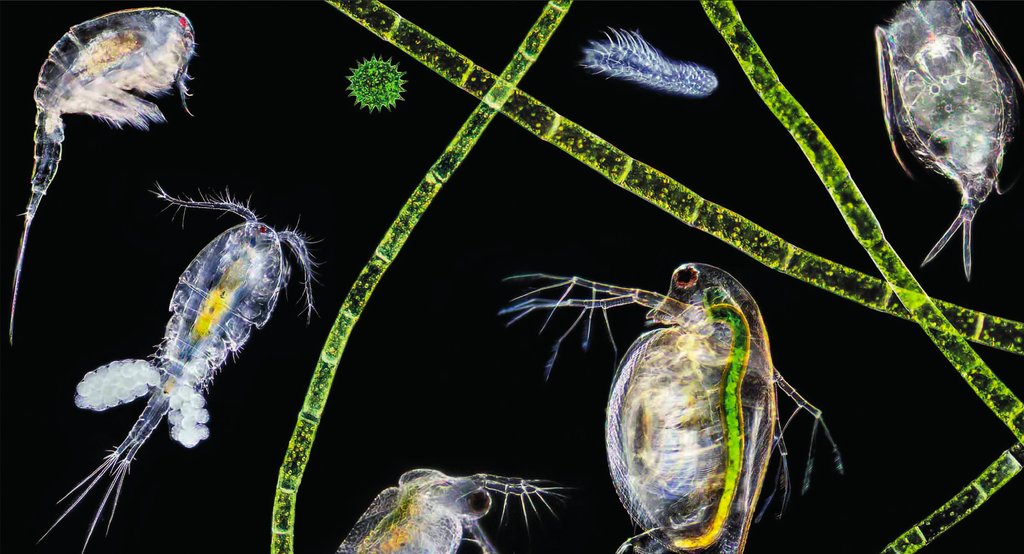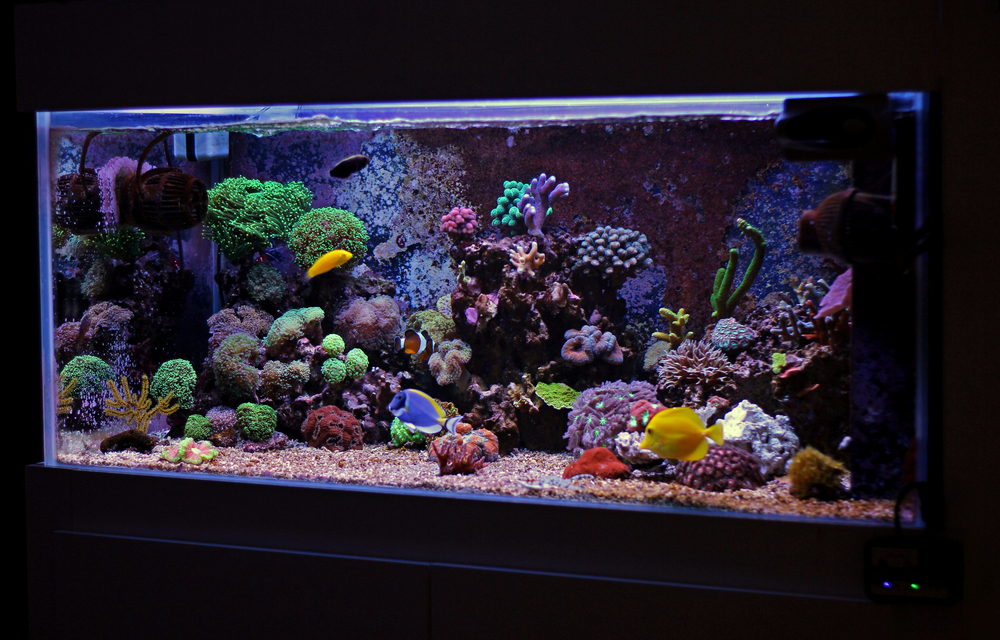When it comes to having a thriving reef aquarium, the more life, the better, because you are trying to replicate an environment teeming with life of all sizes, copepods make an excellent addition.
Copepods in an aquarium offer many benefits to the quality of your water and the health of your fish. Even better, introducing and maintaining them is simple. We’ll go over the basics.

What Are Copepods?
Copepods are tiny crustaceans that can range from .5mm to 15mm long and thrive in salt and fresh water ecosystems. Like many other forms of zooplankton, they act as a cleaner for their surroundings.
Copepods are small enough to fit in tiny crevices your other bottom feeder and cleaner fish can’t reach and clean up debris and algae. As well as being hard workers, copepods also make for a protein-rich natural food source for the jewels of your collection like the Goby or Leopard Wrasse. You may already have some that hitched a ride on a purchase of live rock or frag.
Introducing Copepods In an Aquarium
Copepods can be purchased at your local reef aquarium store or online (We recommend apocalypse pods for seeding new tanks or feeding picky eaters). Your copepods will come in a bottle, bag, or jar and can all migrate to the tank at the same time once they have been acclimatized.
When it comes to introducing copepods in an aquarium, timing is everything. They may all be gobbled up if you release them into your tank before feeding the other residents.
To introduce your copepods into your tank, wait for your fishes’ normal feeding for the evening and after. To ensure maximum retention, it’s recommended to release your copepods close to the substrate. This will give them immediate hiding places to acclimate and start cleaning.
If you don’t have the means to do this, a net will get your copepods from Point A to Point B easily enough with minimal casualties.

Maintaining Copepods In an Aquarium
Compared to your other reef babies, copepods are low maintenance. If you don’t have much in the way of live rock in your reef aquarium, you will need to micro-dose your tank with phytoplankton every two days.
If you plan on part of your copepod population serving as fish food, it’s good to buy and add more copepods once a month. Having plenty of live rocks helps stabilize copepod reproduction and growth, but having a separate refugium for copepods may be in order if you have some hungry fish.
It’s important to note that copepods have a free-floating larval phase. This means you’ll need to avoid using a UV sterilizer, as it can be harmful during this stage.
Copepods for a Better Reef Aquarium
Adding copepods in an aquarium delivers a cleaner ecosystem and provides your fish with the joy of the hunt. If you have a reef tank but not copepods, what are you waiting for?
For more pet advice and ideas, check out our blog archive.
